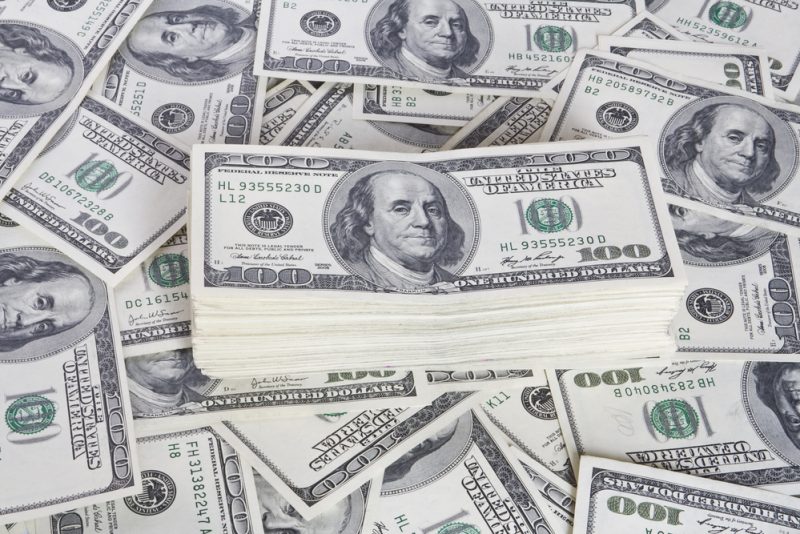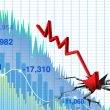The United States Dollar is currently balanced precariously high in relation to the Japanese Yen, British Pound, and Chinese Yuan, with far-reaching influences on global financial market economies.
Plus, with national legislators less probable to move an inch in the face of escalating inflation, market participants are comparing the present economy to a series of murders.
Even though stories differ by nation, currency movements are a component of a larger, perplexing storyline confronting stakeholders and perplexing traders. When, if ever, could worldwide central bankers band together to intervene against the bolstering Dollar? Alternatively, would markets continue to devalue and counteract foreign financial authorities’ limited, ad hoc activities until the United States Federal Reserve eventually overturns its confrontational stance as inflation falls?
Take the Japanese Yen. The Yen is once again depreciating against the Dollar after the Bank of Japan got involved to endorse the country’s currency on Friday. This only took approximately two weeks for market players to completely counteract a comparable, presumed intervention by the Bank of Japan last month.
Approximately half of Friday’s shift was wiped away shortly after the foreign exchange market opened on Sunday evening, emphasizing traders’ suspicion that the shift would hold. To fund the Dollar sale on Friday, the Bank of Japan likely liquidated a part of its $1.2 trillion in US Treasury assets, prompting shareholders to wonder how many dollars’ worth of US securities would need to be put up for sale to create a more permanent transfer in the FX pair.
It also marked a big weekend in China, with current President Xi Jinping obtaining an extraordinary third term in office at the Chinese National Congress. The Nasdaq Golden Dragon China Index had its worst day in history on Monday, falling 16%, with half of its components falling by double digits by the close of the trading day. Alibaba traded under its 2014 IPO price of $68, Pinduoduo was down 26% on the day, and EV automobile manufacturer Nio was down 18%.
Although the Chinese stock market was in the news, the Dollar reached a new high of 7.33 against the offshore Chinese Yuan, which was first traded in 2011. The People’s Bank of China allows the offshore Yuan to transact inside a 2% group of its onshore relative, which is established — or fixed — every day. The offshore Yuan has now reached the upper limit of that spectrum, which may force financial institutions in China to assertively devalue the Yuan.
In the United Kingdom, Rishi Sunak has been appointed as the country’s third head of state in two months. Since it fell to a similar level to the Dollar a month ago, the Pound has been thrust into the limelight. At that moment, traders were selling wire, which was causing a huge departure from UK bonds, which sent interest rates skyrocketing. Faced with a pension plan on the verge of bankruptcy, British authorities were able to ringfence the scenario by purchasing an infinite number of securities in a short period of time.
Thus far, the British stock market involvement appears to have been effective, as returns in the country have recovered and overturned to the negative side. Nevertheless, the Pound remains approximately 1.10 to the Dollar, exactly where it was prior to the disaster bond purchases.
Meanwhile, in the United States, market players are waiting on each and every Fed officer and Fed whisperer’s statement, ready to strike on anything suggesting an eventual deviation from the Fed’s raise until things break plan.
Before the opening on Friday, WSJ Fed whisperer Nick Timiraos supplied some sustenance for those eager for the Fed to let up on the restraints. Those remarks set the stage for San Francisco Fed Head Mary Daly to explore resigning from the aggressive rate of 75 basis points per session.
The Bottom Line
With all this in mind, it is vital to consider the macroeconomic factors that affect all major global currencies. There is always a reaction to any move made by market makers, and this is evident in recent situations. As we await the release of more financial reports, it could be interesting to see exactly how they make an impact.
WeInvests is a financial portal-based research agency. We do our utmost best to offer reliable and unbiased information about crypto, finance, trading and stocks. However, we do not offer financial advice and users should always carry out their own research.
Read More









